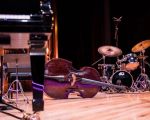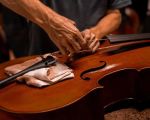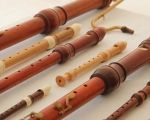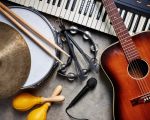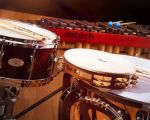- 1-the-power-of-a-musical-instrument-poem
- 2-elements-that-make-musical-instrument-poetry-special
- 3-example-of-a-musical-instrument-poem
- 4-how-musical-instrument-poems-inspire-creativity
- 5-real-life-stories-of-poets-and-musicians
- 6-how-beat-trigger-supports-your-musical-and-poetic-journey
1. The Power of a Musical Instrument Poem
A musical instrument poem beautifully bridges the world of sound and language, capturing the essence of music in words. It transforms the intangible melodies and rhythms into vivid imagery and emotion, allowing readers to experience the soul of an instrument beyond hearing alone.
Such poems celebrate the unique voice of each instrument—from the soulful cry of a saxophone to the gentle hum of a harp. They evoke feelings, memories, and stories that connect deeply with listeners and readers alike.
2. Elements That Make Musical Instrument Poetry Special
Musical instrument poems often incorporate rhythmic structures, onomatopoeia, and vivid metaphors to emulate the sound and movement of music. The choice of language mirrors the instrument’s character—sharp and staccato for percussion, smooth and flowing for strings.
By blending sensory descriptions with emotional insight, these poems create a multi-layered experience. They invite the audience not only to visualize but to “hear” the poem in their minds, making the instrument’s presence palpable through text.
3. Example of a Musical Instrument Poem
Consider this brief poem inspired by the piano:
Ivory whispers in twilight’s hush,
Fingers dance, a delicate rush.
Echoes swirl in moonlit air,
Stories told with tender care.
This poem captures the piano’s graceful elegance and emotional depth, inviting readers to feel its quiet yet powerful voice.
4. How Musical Instrument Poems Inspire Creativity
Engaging with musical instrument poetry encourages creative thinking by merging auditory and linguistic art forms. Musicians may find fresh inspiration for composition, while poets explore new rhythmic patterns and imagery. This cross-disciplinary approach enriches both crafts, fostering innovative expression.
Many artists use such poems as springboards for collaborations—pairing spoken word with live music performances, enhancing the sensory impact on audiences.
5. Real-Life Stories of Poets and Musicians
Famous poets like Langston Hughes and musicians such as Leonard Cohen have explored the interplay of music and poetry in their work. Hughes often incorporated jazz rhythms into his poems, creating a vibrant, musical cadence. Cohen, a singer-songwriter and poet, seamlessly blended lyrical poetry with haunting melodies.
These examples demonstrate how a musical instrument poem can transcend mediums and become a profound artistic expression.
6. How Beat Trigger Supports Your Musical and Poetic Journey
Beat Trigger is dedicated to supporting creators who blend music and poetry. Whether you’re crafting a musical instrument poem or seeking the perfect soundtrack for your verse, Beat Trigger offers curated resources, instruments, and inspiration to fuel your artistic growth.
Explore Beat Trigger’s collection to find the tools and guidance that help bring your poetic and musical visions to life with authenticity and passion.


